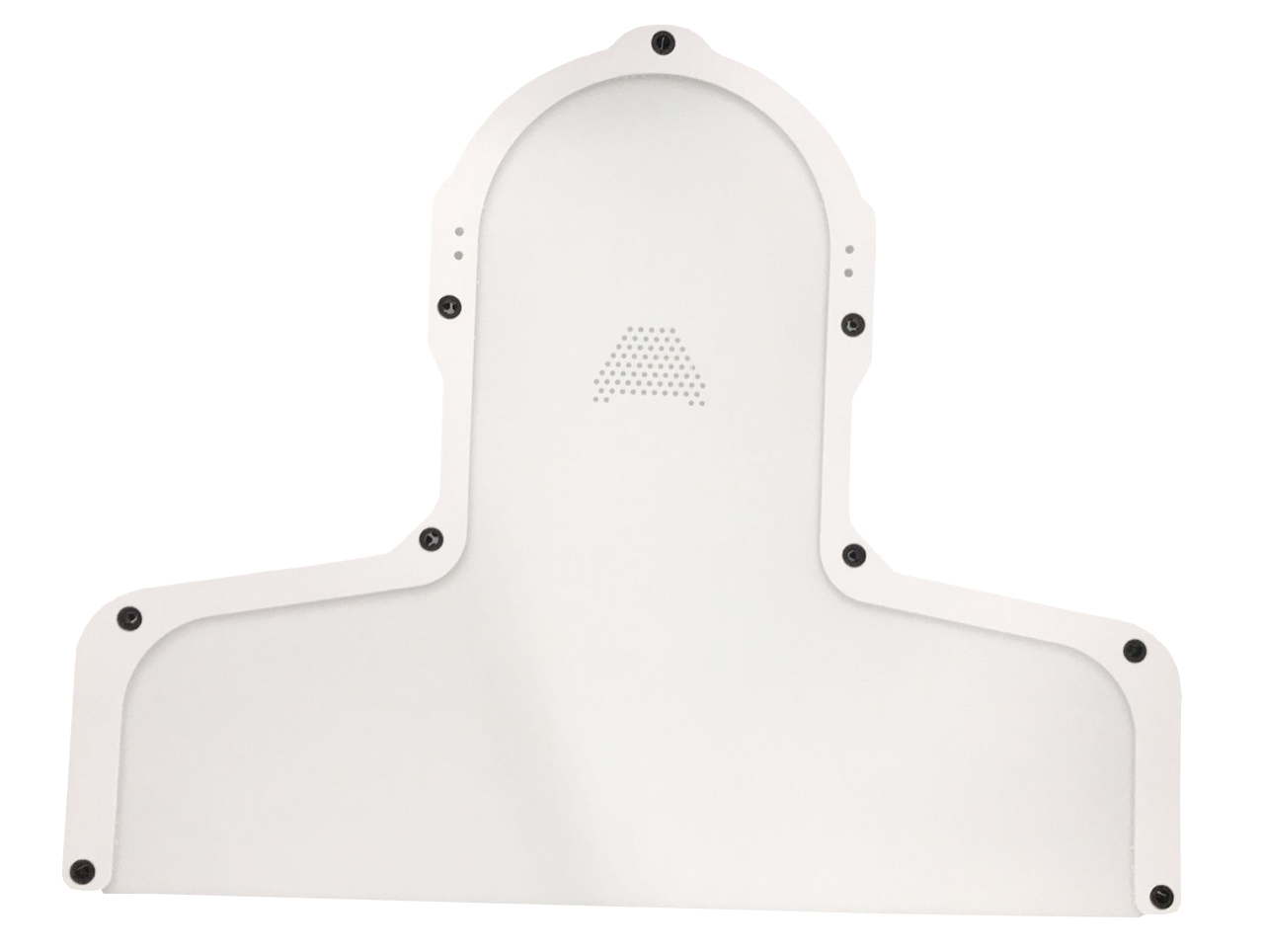Views: 80 Author: Site Editor Publish Time: 2023-03-17 Origin: Site

Using a radiotherapy thermoplastic mask can be a great way to target radiation directly to the areas that need it in order to treat cancer. However, it is important to take the right steps in order to make sure that the treatment is effective and that it is done as safely as possible. Preparation for using a radiotherapy thermoplastic mask is an important part of the treatment process and can make all the difference when it comes to getting the most out of the treatment.
Ensure proper measurements are taken
Identify the suitability of the mask
Confirm patient comfort
Confirm proper fit of the mask
Familiarize staff with the installation process

Before using the radiotherapy thermoplastic mask, it is essential to ensure that proper measurements are taken. First, the patient should be measured for the length, width, and circumference of the face. Second, the patient’s chin should be measured to identify the best possible fit. Finally, the patient should be measured to identify the best possible fit between the thermoplastic mask and the patient's head. Taking these measurements is critical to ensure that the mask fits properly and provides the highest degree of comfort.
It is important to ensure that the radiotherapy thermoplastic mask is suitable for the patient's anatomy. The practitioner should measure the patient's face to ensure measurements are within the mask's limits and evaluate the size of the mask relative to the size of the patient's face. It is also important to check for any deformations or irregularities in the patient's face that could interfere with the mask's performance, such as the presence of facial hair, scar tissue, or excess skin. The practitioner should also evaluate the mask for tears, breaks, or any other damage that could affect its performance.
Before use, it is important to ensure that the patient is comfortable with the radiology thermoplastic mask. As part of the preparation process, the patient should be asked to verify that the mask is secure and comfortable, and that there are no areas of the mask that are too tight or restrictive. If there are, the necessary adjustments should be made before the mask application process can begin. Additionally, if the patient is feeling any discomfort or has any concerns, they should be addressed and resolved before moving forward.
Once the mask is placed in the desired position, it must be double-checked to ensure a proper fit. This can be done by gently pulling the mask in different directions to make sure it is securely adhered to the patient's face. If the mask's edges appear distorted or raised, it may require more material or a new size. To reduce the risk of burns, it is important to confirm that the mask is snugly fitted against the patient's skin without any gaps or wrinkles.
As part of the preparation for using radiotherapy thermoplastic masks, it is essential that staff are familiarized with the installation process. A comprehensive training programme should be put in place that outlines the steps involved in setting up the masks, including positioning the patient, attaching the mask to the bed, and preparing the mask for fitting. Additional training should also be provided on the necessary safety protocols to ensure the safety and wellbeing of both staff and patients. Finally, staff should be made aware of the various troubleshooting techniques needed to address any issues that may arise during the installation process.
Radiotherapy thermoplastic masks are a great tool for helping to ensure accuracy and precision with radiotherapy treatments. Shenzhen Tengfei Yu Technology Co., Ltd. is one of the domestic enterprises who develop the radiation therapy ancillary equipment and imported equipment earliest.
Most patients spend about 30 to 60 minutes on a CT simulation, with some sessions taking up to 90 minutes for complex cases. The process remains straightforward and centers on patient comfort. CT simulation serves as a crucial step before radiation therapy. Staff use advanced equipment and clear instructions to help patients feel at ease throughout the session.
Thermoplastic splints have become increasingly popular in the medical field due to their versatility and effectiveness in treating a wide range of conditions. In this article, we will explore the various uses and benefits of thermoplastic splints, shedding light on how they can aid in the recovery p
IntroductionRadiotherapy is a crucial treatment for many types of cancer, utilizing high-energy radiation to target and destroy cancer cells. During treatment, precision is key to ensuring that the radiation is directed at the tumor while minimizing exposure to surrounding healthy tissues. This is w
Have you ever wondered how doctors plan precise cancer treatments? CT simulation plays a critical role in radiation therapy by creating detailed 3D images of the body. This advanced technology ensures that radiation is delivered accurately to target tumors, minimizing damage to surrounding healthy tissue.
CT Simulation is a crucial step in radiation therapy. It ensures accurate treatment by mapping the precise location of cancer cells. Without proper preparation, the accuracy of radiation delivery can be compromised, which could affect the treatment's effectiveness.